Blackgrass is a ferociously competitive and prolific weed and will lead to a substantial decline in crop yields and overall farm profitability if left unchecked.
In the worst-case scenarios, infested fields will need to be taken out of tillage production for a minimum of five years.
To make the problem worse, blackgrass populations have developed, or are building, resistance to many of the herbicides that are commonly used here in Ireland for grassweed control.
Integrated pest management (IPM) needs to be the very bedrock on which any blackgrass control strategy is based. One of the key points here is that an IPM strategy doesn’t consist of one or two measures taken over one or even two seasons.
It needs to be a well-planned, sustained and concerted effort to successfully control blackgrass and minimising the impact it has on a farm and the wider tillage industry.
Integrated control
In order to prevent populations increasing, 95% to 100% control is required using a combination of control options.
A comprehensive review of more than 50 field experiments was conducted in the UK in the early part of the last decade.
This review showed that, while there are many cultural control options available to farmers, none of these will give adequate control when used independently. Best results at reducing the level of seed germination and weed elimination are only possible through the combination of a range of actions (Figure 1).

Figure 1.
Spring cropping
Blackgrass is a predominantly autumn-germinating weed. Around 80% of seeds emerge in the autumn. To take advantage of this, spring cropping can be used as a part of an effective IPM strategy.
By switching to spring cropping you allow more time to use shallow cultivations and non-selective herbicides in an effort to reduce the quantity of seed in the soil seedbank. Work in the UK has shown that spring cropping can give up to 90% control.
It’s important to note that, as you have limited herbicide options in a spring cropping scenario, crop selection is critical.
Break crops like spring beans are one of the obvious choices, but as they are very uncompetitive and with many blackgrass populations resistant to most of the graminicides on the market, there is a risk the problem could get worse.
Spring barley is the main spring cropping choice as it is much more competitive than broadleaved crops and is seven times more competitive than spring wheat.
Getting spring barley sown in March will have a big effect on its ability to compete as the main flush of blackgrass will typically happen in April when temperatures start to rise. If the crop is up and well established before the blackgrass emerges, the blackgrass will struggle to compete for light and nutrients.
Finally, make sure that sowing rates are adequate for the job in hand. Robust seed rates are advised.
Don’t wait until March to sow spring barley and use a low seeding rate as this will allow emerging blackgrass the space it needs to get established and become competitive.
Look to establish approximately 350 plants per metre square to ensure the crop is competitive.
This is especially important on heavier or tougher ground were establishment can be poor.
Blackgrass is a ferociously competitive and prolific weed and will lead to a substantial decline in crop yields and overall farm profitability if left unchecked.
In the worst-case scenarios, infested fields will need to be taken out of tillage production for a minimum of five years.
To make the problem worse, blackgrass populations have developed, or are building, resistance to many of the herbicides that are commonly used here in Ireland for grassweed control.
Integrated pest management (IPM) needs to be the very bedrock on which any blackgrass control strategy is based. One of the key points here is that an IPM strategy doesn’t consist of one or two measures taken over one or even two seasons.
It needs to be a well-planned, sustained and concerted effort to successfully control blackgrass and minimising the impact it has on a farm and the wider tillage industry.
Integrated control
In order to prevent populations increasing, 95% to 100% control is required using a combination of control options.
A comprehensive review of more than 50 field experiments was conducted in the UK in the early part of the last decade.
This review showed that, while there are many cultural control options available to farmers, none of these will give adequate control when used independently. Best results at reducing the level of seed germination and weed elimination are only possible through the combination of a range of actions (Figure 1).

Figure 1.
Spring cropping
Blackgrass is a predominantly autumn-germinating weed. Around 80% of seeds emerge in the autumn. To take advantage of this, spring cropping can be used as a part of an effective IPM strategy.
By switching to spring cropping you allow more time to use shallow cultivations and non-selective herbicides in an effort to reduce the quantity of seed in the soil seedbank. Work in the UK has shown that spring cropping can give up to 90% control.
It’s important to note that, as you have limited herbicide options in a spring cropping scenario, crop selection is critical.
Break crops like spring beans are one of the obvious choices, but as they are very uncompetitive and with many blackgrass populations resistant to most of the graminicides on the market, there is a risk the problem could get worse.
Spring barley is the main spring cropping choice as it is much more competitive than broadleaved crops and is seven times more competitive than spring wheat.
Getting spring barley sown in March will have a big effect on its ability to compete as the main flush of blackgrass will typically happen in April when temperatures start to rise. If the crop is up and well established before the blackgrass emerges, the blackgrass will struggle to compete for light and nutrients.
Finally, make sure that sowing rates are adequate for the job in hand. Robust seed rates are advised.
Don’t wait until March to sow spring barley and use a low seeding rate as this will allow emerging blackgrass the space it needs to get established and become competitive.
Look to establish approximately 350 plants per metre square to ensure the crop is competitive.
This is especially important on heavier or tougher ground were establishment can be poor.




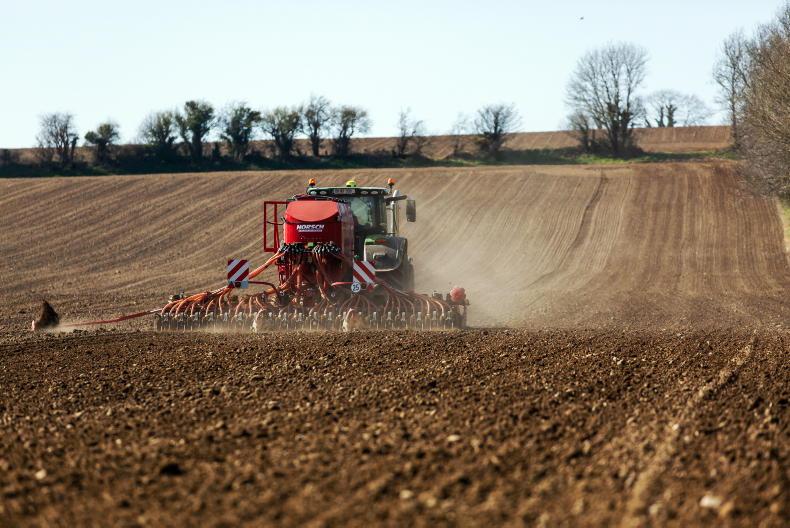

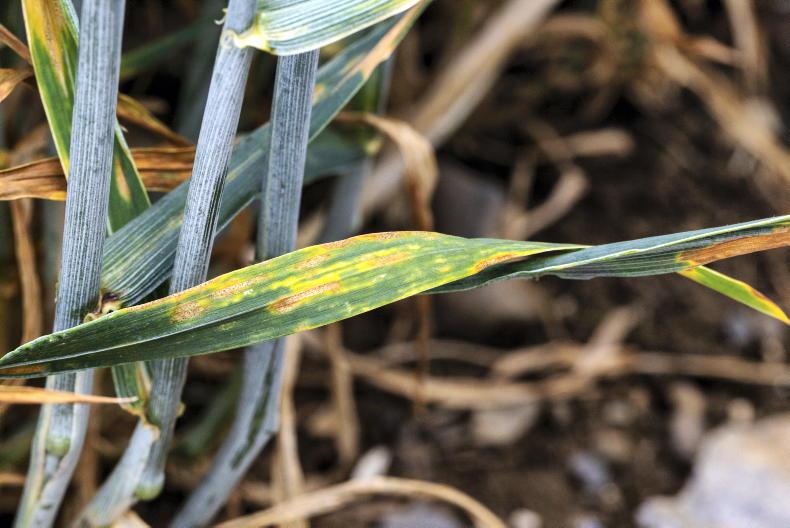
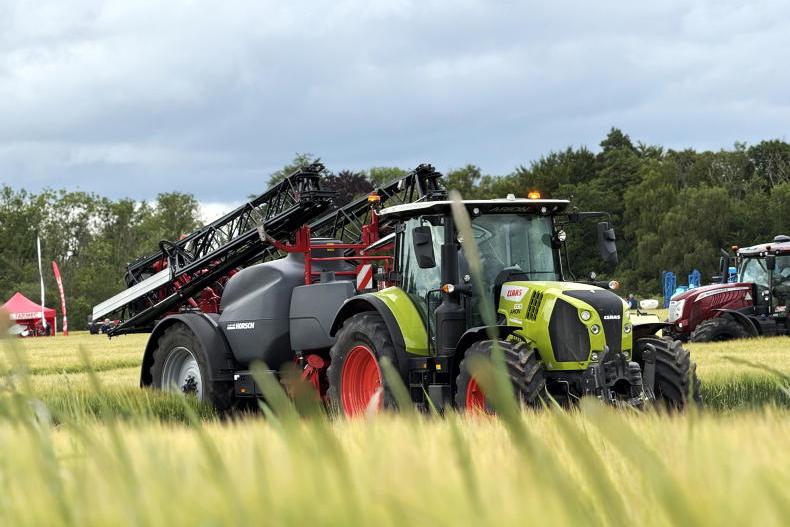
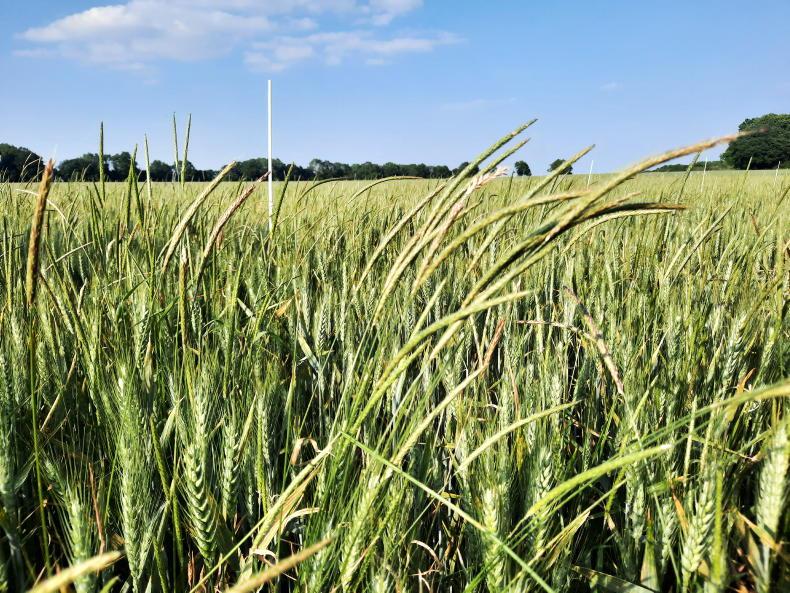
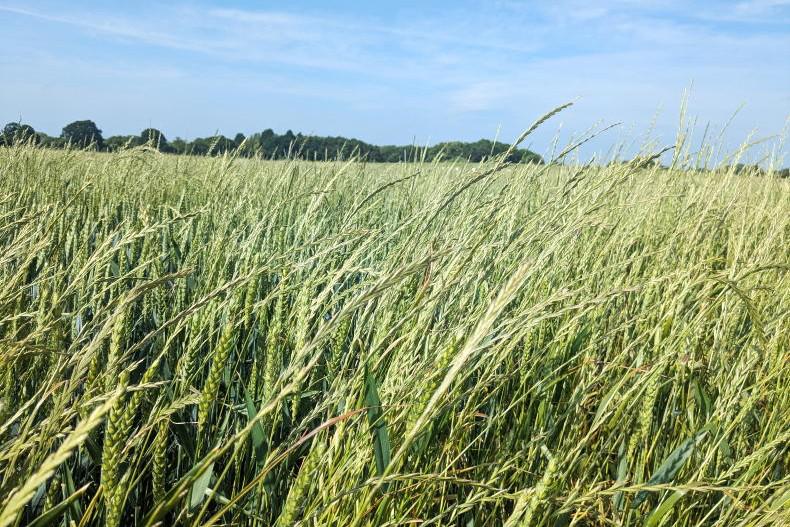
SHARING OPTIONS